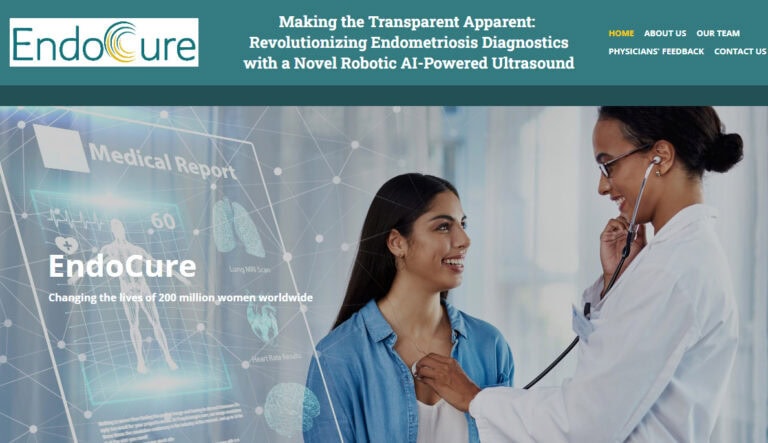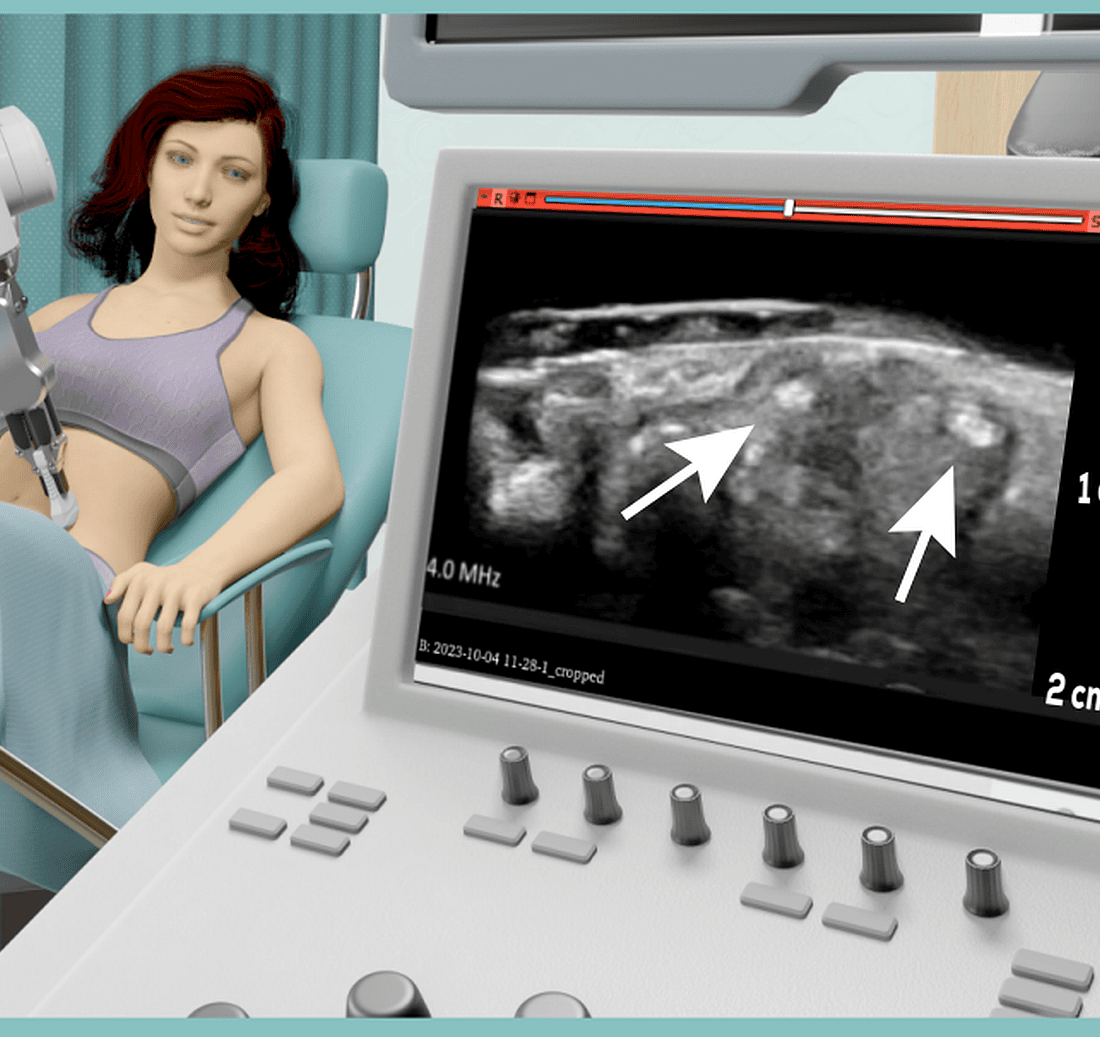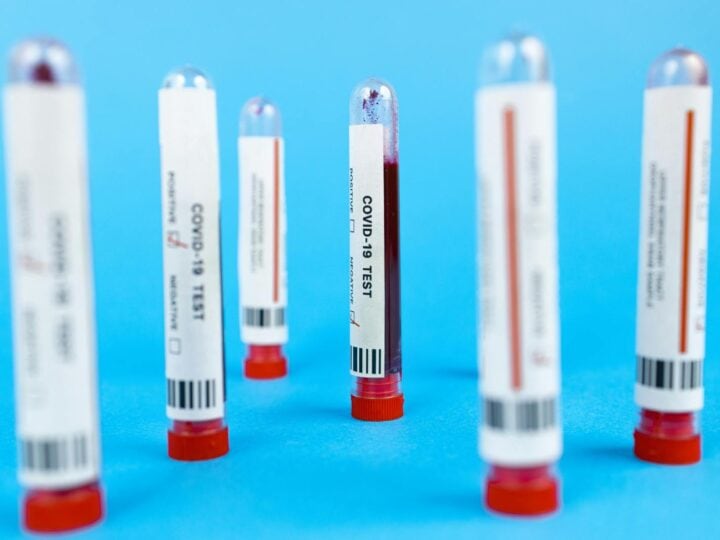An estimated 200 million women suffer the pain of a “forgotten” disease.
Endometriosis is, in many cases, triggered by their first period, and it’s likely to stay with them until menopause.
It’s a chronic and progressive condition characterized by the growth of tiny lesions in the pelvic cavity. It’s the number one cause of infertility and can spread to other organs, sometimes with fatal consequences.
It is, however, widely seen as a neglected disease. The symptoms – painful and heavy periods, pain during or after sex, pain going to the toilet during a period, difficulty getting pregnant – are easily confused with other conditions.

Endometriosis is difficult to diagnose, taking an average of seven to 11 years, and doctors still don’t fully understand it.
In the United States, more than half of patients end up undergoing diagnostic surgery before getting a definitive diagnosis.
Doctors usually prescribe hormonal therapy (such as the contraceptive pill) as a first line of defense, followed by keyhole surgery if that doesn’t work. But the surgery is often unsuccessful and needs to be repeated.
Hadas Ziso and her team at EndoCure, a new startup based in Haifa, northern Israel, are working on what they describe as a “transformative leap forward in the field.”
They’re developing a diagnostic tool that would, for the first time, allow physicians to clearly see the tiny “needle in a haystack” lesions – often measuring just 1 millimeter – that are invisible to standard imaging systems.
Making the transparent apparent
EndoCure’s technology is basically an enhanced form of ultrasound plus artificial intelligence (AI). The ultrasound probe is mounted on a robotic arm, rather than handheld, to provide much more detailed images, and the AI, currently a work in progress, will then trawl the images to identify and map any lesions.
“You can say that we make the transparent apparent,” says Ziso, the company’s CEO.
One of the main reasons that surgery to destroy or remove the lesions doesn’t work is that physicians simply can’t see them.
“They come to the surgery almost blind, unless lesions are very, very large,” she says. “The surgery will be just based on guesses. But if they know exactly where the lesions are, they can do the surgery very accurately.”

With EndoCure’s solution, currently under development, physicians would be able to see exactly what’s happening to the lesions, rather than relying on patients to describe their symptoms.
While ultrasound is safe and cost-effective, the two-dimensional is only as good as the operator using it and can’t provide the same degree of detail as can a much larger and more expensive MRI machine.
Ziso came up with a way of dramatically improving the image quality, using a robotic arm to control the movement of the ultrasound probe with great precision, moving it much more slowly than a human hand and squeezing out as much detail as possible from every image.
“We are scanning the entire area of interest, moving slowly in the same orientation, to produce a series of parallel frames 10 microns [a thousandth of a millimeter] from one another.”
Manual scanning depends on the angle the operator holds the ultrasound probe, she says. Even with the best ultrasound system and the best resolution, the operator won’t be able to see a lesion in real time because the probe moves too fast for the human brain to interpret.
But robotic scanning, which typically takes just three minutes, replaces a hit-and-miss system with one that is precisely controlled.
Preclinical trial
The next step, which they’re currently working on, is an AI system that will find and map any lesions — typically between three and 20 of them — from a patient’s ultrasound data.
At the moment it’s a painstaking task, peering at 60 frames a second from a video for something that can be missed in the blink of an eye.
EndoCure can capture high-quality data. Now the company is working on computer vision to do the post-processing, and actually find the lesions.
“We just finished a preclinical trial and we are expecting to have the first in-human trial in about six months, probably at Sheba Medical Center [in Ramat Gan],” says Ziso. She hopes to market the product within two or three years.

The company has been operating under the radar – in stealth mode – since January 2023, and was officially launched in November, just weeks after October 7 attacks by Hamas.
Ziso says her husband was called up for a month as an IDF reservist, leaving her with kids to look after and a new business to launch, but she decided to go ahead anyway.
“No matter what, I’m going forward and I’m going to make this happen,” she said.
Unmet needs
She launched EndoCure together with Technion Prof. Moshe Shoham, who developed the SmartAssist robotic guidance system for spinal surgery, and who has made a “small investment.” The company also has a grant from the government’s Israel Innovation Authority.
Ziso, a biomedical engineer who has spent her career developing medical devices, says her broad experience across many disciplines — imaging ultrasound, therapeutic ultrasound, robotic systems, biology and software — allowed her to envision a solution that had never been tried before.
There is currently a Covid-type saliva test that can tell whether a patient has the disease, but it doesn’t provide any detail. And there are robotic imaging systems, but none aimed specifically at the “forgotten” patients – around 10% of reproductive age women and girls globally – suffering from endometriosis.
“I really wanted to do something for women and I started looking into their unmet needs,” said Ziso.
“Endometriosis affects an enormous number of patients, who are desperate for any solution, and I decided to do something about it.”
Fighting for Israel's truth
We cover what makes life in Israel so special — it's people. A non-profit organization, ISRAEL21c's team of journalists are committed to telling stories that humanize Israelis and show their positive impact on our world. You can bring these stories to life by making a donation of $6/month.








